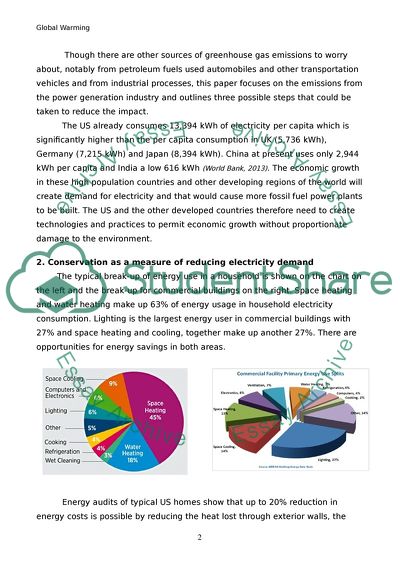Cite this document
(Global Warming Report Example | Topics and Well Written Essays - 1250 words - 3, n.d.)
Global Warming Report Example | Topics and Well Written Essays - 1250 words - 3. https://studentshare.org/environmental-studies/1800761-global-warming
Global Warming Report Example | Topics and Well Written Essays - 1250 words - 3. https://studentshare.org/environmental-studies/1800761-global-warming
(Global Warming Report Example | Topics and Well Written Essays - 1250 Words - 3)
Global Warming Report Example | Topics and Well Written Essays - 1250 Words - 3. https://studentshare.org/environmental-studies/1800761-global-warming.
Global Warming Report Example | Topics and Well Written Essays - 1250 Words - 3. https://studentshare.org/environmental-studies/1800761-global-warming.
“Global Warming Report Example | Topics and Well Written Essays - 1250 Words - 3”. https://studentshare.org/environmental-studies/1800761-global-warming.


